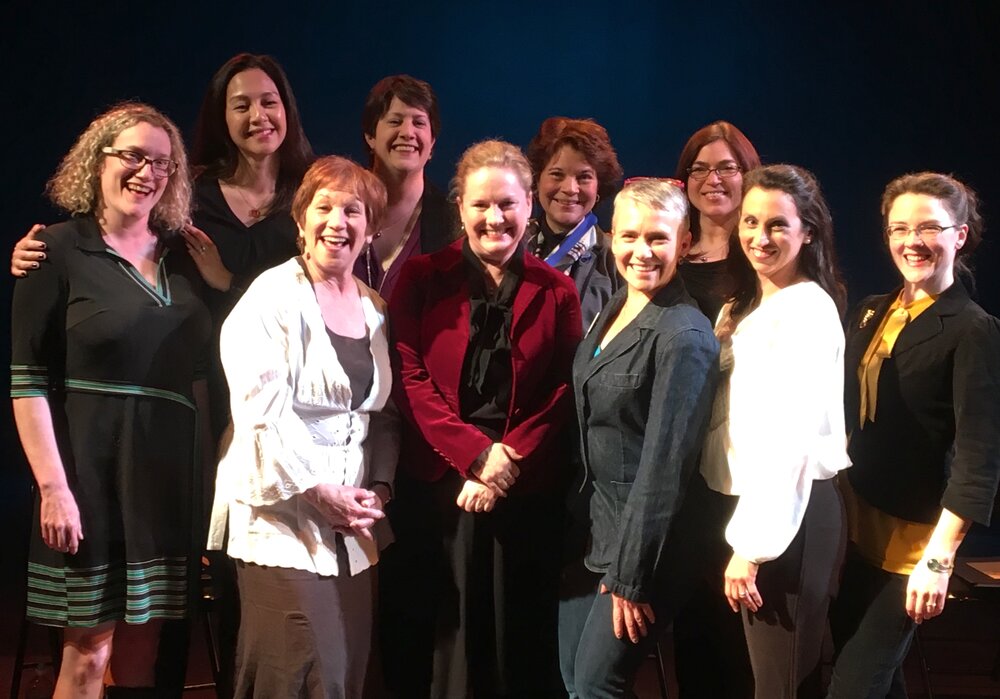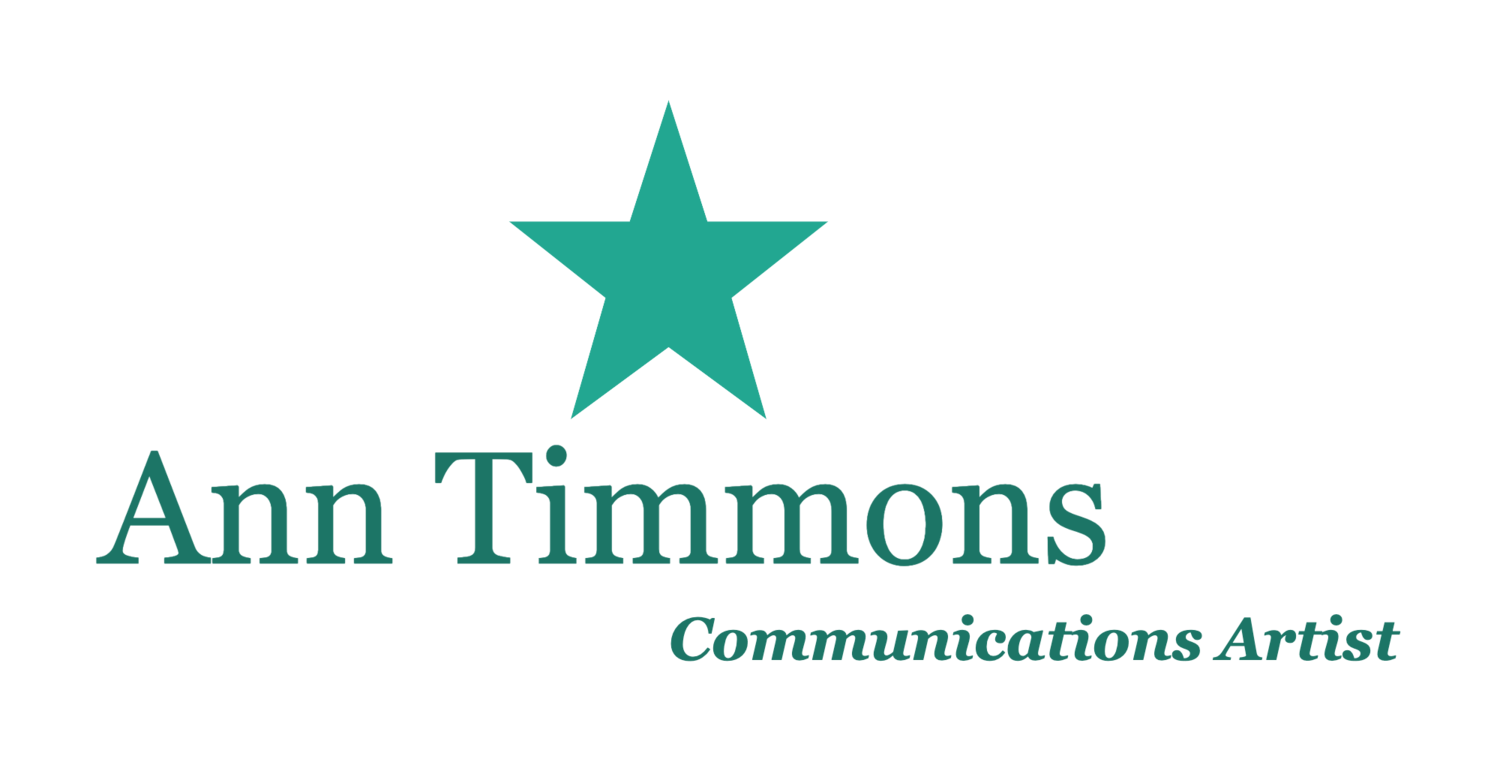 It's My Party! cast and creative team
It's My Party! cast and creative teamRecently I had the great privilege of seeing my words come to life onstage, at the premiere public reading of It's My Party! at MetroStage in Alexandria, Virginia. My director and I had assembled a top-notch cast to portray the various historic luminaries (and some fictional foils) involved in the final push to pass the Suffrage Amendment. The play was extremely well-received, and we had a good discussion afterward. Some of the feedback puzzled me, though, because things people said were missing (details of plot, character, etc.) were actually there! I had to ask myself: is this a problem that could be fixed through the rehearsal process, i.e., an acting/directing problem, or is it a script problem, for me to fix? As a playwright, I wrestle with this. For example, I have to consider how much to emphasize a critical plot point, so that everyone "gets" it, while also trusting my audience to figure things out. It's a tricky balancing act, but I'm working on it as I revise It's My Party!, and write a new play for this summer's Capital Fringe. (more info here).
So it is with an odd sigh of relief that I turn from playwriting to working on client speeches. After all, in creating a play I have to generate personality, voice, information, relationships, etc., etc., for multiple characters. Writing a speech seems pretty straightforward in comparison. Speeches are directly addressed to an audience. The speaker portrays one character (Expert, Leader, Teacher), and delivers a clear message. And, in a good, easy-to-follow speech (the kind my clients deliver!), the speaker reiterates the main points of the message no less than three times. The audience cannot fail to "get" it. Of course, as with the theatre-going audience, you don't want to belabor the point or bore them silly. But the sweet spot between an opaque speech and an overly simplistic one is pretty wide—and easy to hit!
And unlike a play, where everything is created out of thin air, a speech begins with a specific focus: a need to be addressed; information to deliver; followers to inspire. You've got a head start, because the overarching substance of the content is there already. The challenge is deciding how to impose structure, sharpen the language, and clarify the message with compelling examples. In my mind it is more a process of revealing. You're like a sculptor who begins with a large block of subject matter, and you go to work chipping away till it conveys exactly what you want it to. Then you can give the audience the absolute essence of your message. Many speakers fail to do this and you hear unfocussed/unfinished messages that somewhat resemble unrecognizable blobs of hacked-at marble. Take some time to refine. Works of art aren't created overnight, and neither are effective speeches!

